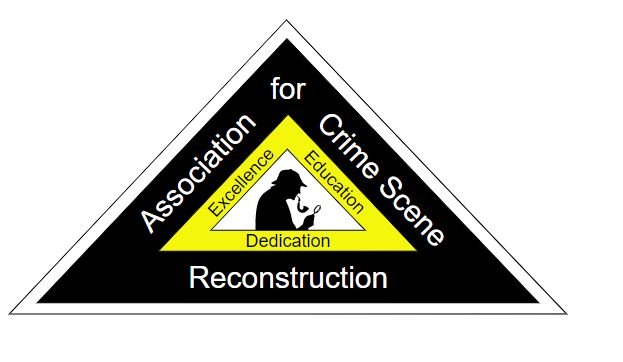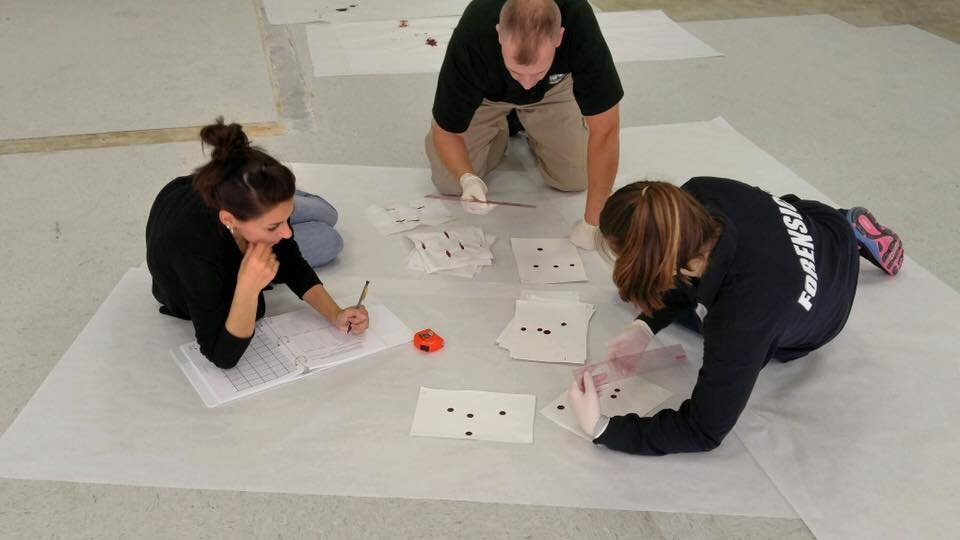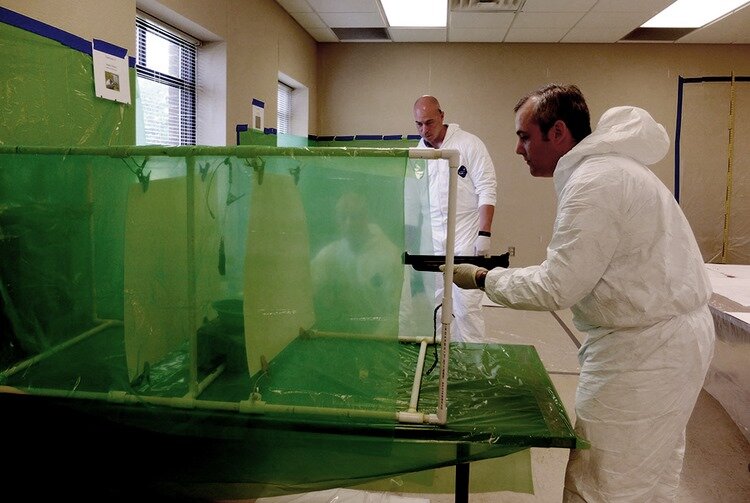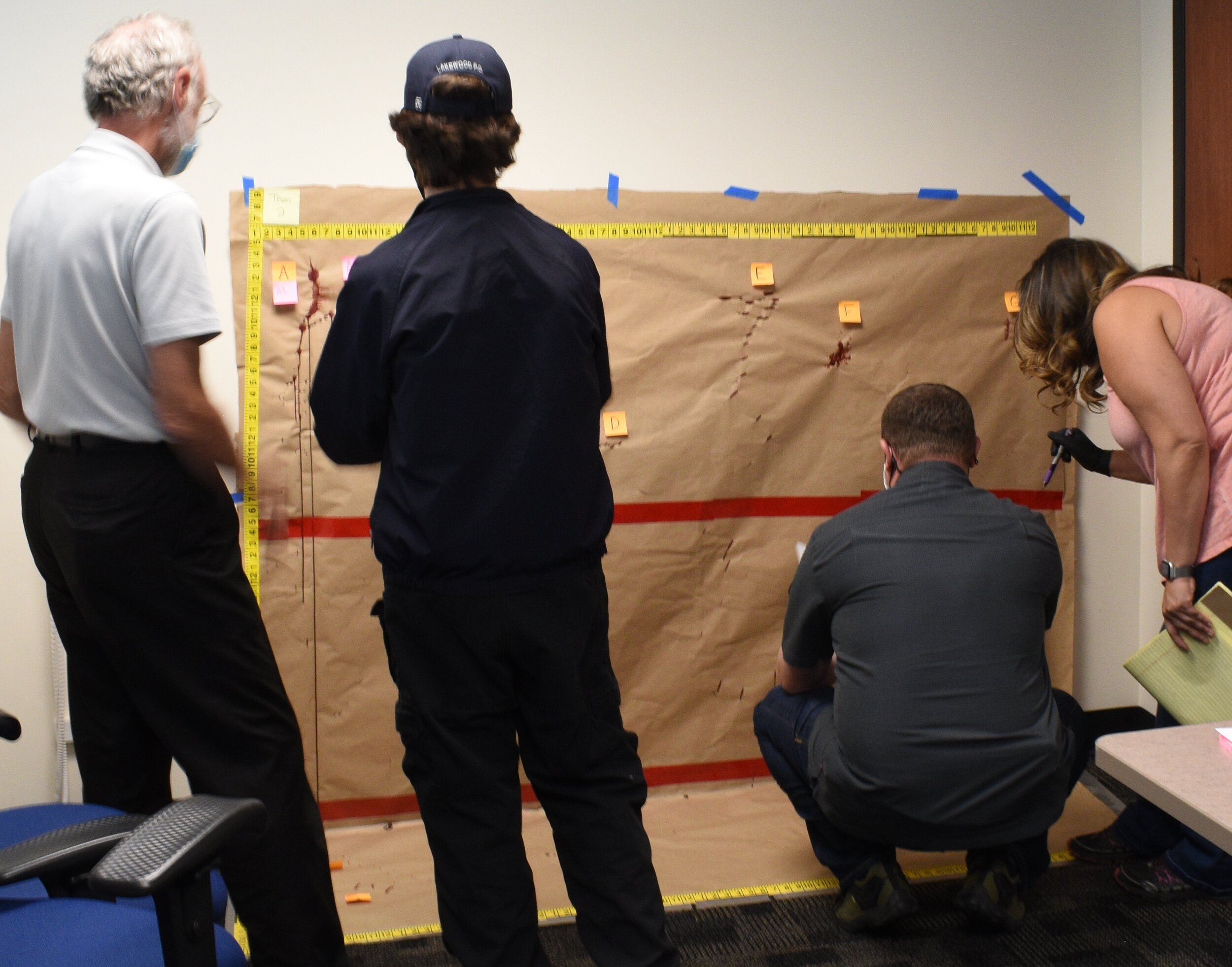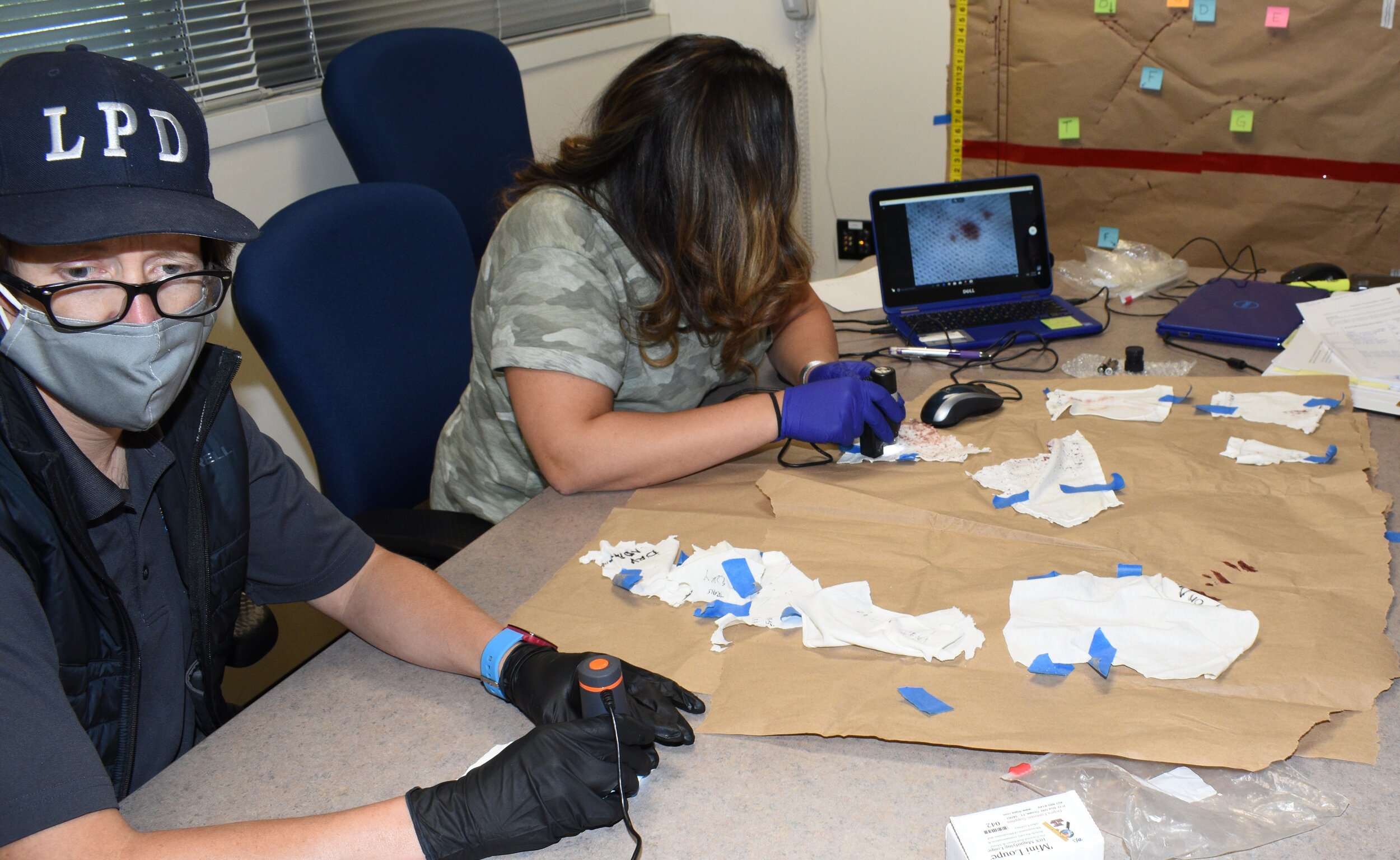Written By: Ross M. Gardner
In 2024 Emma Hook et al. published the article Bloodstain classification methods: A critical review and a look to the future. In it they made the argument that any objective method for classifying bloodstains required:
· A hierarchical approach
· Unambiguous criteria
In effect this defines the very nature of what is now known as the taxonomic approach to classifying bloodstains. The hierarchal parent/child relationship is an imperative. As bloodstains are a class characteristic evidence, when presented with ambiguous patterns where specific criteria are absent to allow objective classification between sibling pattern types (e.g., cast-off and projected patterns); this allows the analyst to classify the pattern as the parent of the siblings (e.g., linear spatter). Thus, a subjective classification is not forced on the analyst. The second aspect as Hook et al. described, was clear unambiguous criteria/features associated with the pattern type.
These ideas for “taxonomic” classification have an extended history over the last twenty-five years. This includes efforts by individuals and organizations. It important to understand how that approach has developed, as recent publications have inaccurately described the history of taxonomy.
In 2001 Anita Wonder published Blood Dynamics. Her stated objectives included providing a science based objective approach to pattern identification. Wonder set the basis of her approach on the idea that bloodstains could be differentiated on class characteristics. She started her approach using the immediate observable difference, that of spatter stains; those shaped as circles and ellipses. This shape is a function of free flight droplets collapsing on a substrate. Although her system would ultimately return to a mechanistic mindset (passive and dynamic stains), her narrative described specific characteristics of the varying patterns.
In 2002 the Scientific Working Group for Bloodstain Pattern Analysis was formed. When the various subcommittee were formed, a Terminology subcommittee was included. At a subsequent meeting Gardner suggested the Terminology subcommittee be renamed to the Taxonomy and Terminology subcommittee. Jeff Gurvis oversaw a discussion in which the word Taxonomy (the science of classification) was discussed and adopted by group consensus. This was the first time the term taxonomy was introduced as a descriptive label to the process. The intended purpose was to attempt to define specific characteristics associated with various bloodstain types.
In March 2003 a general presentation was made by the Terminology and Taxonomy (later called the T2 subcommittee) to the SWGSTAIN group. In it they outlined purpose and direction of the
T2 subcommittee, this included an initial hierarchy that continued to use the passive/dynamic mindset.
A second update was presented to the SWGSTAIN Group in November 2003. It presented an example of the intended criteria product (for a cast-off pattern). A worksheet was then provided to the general membership, allowing them to submit thoughts on specific criteria members felt should be considered.
In 2005 Stu James (a member of the SWGSTAIN T2 subcommittee) along with Paul Kish and Paulette Sutton published Principles of Bloodstain Pattern Analysis, Theory and Practice. They presented a new taxonomy, specifically a hierarchy for pattern types. They too continued to use the mindset of passive and dynamic as the primary categories. In their narrative discussion of patterns, like Wonder, they attempted to describe specific characteristics associated with the patterns.
In 2006 the T2 subcommittee created and presented their first draft document listing specific criteria for the varying patterns. A subsequent version was presented in 2008.
In Sept 2007 the initial taxonomy and Decision Map were submitted by Bevel and Gardner to CRC Press for inclusion in the 3rd Edition of Bloodstain Pattern Analysis, With an Introduction to Crime Scene Reconstruction. Whereas in the 1st and 2nd Edition of the book they, like others, had relied on the Passive/Dynamic approach; the taxonomic approach was viewed as the most effective system, adopting Wonder’s Spatter and Non-Spatter idea as the primary categories. This 3rd Edition was published in 2008.
Due to a lack of consensus the SWGSTAIN group to set specific criteria for all patterns, the T2 subcommittee turned its attention to the concept of a Decision Map in 2007. The idea behind the Decision Map was to isolate critical characteristics that would allow differentiation of patterns, without stating every characteristic. The first draft offered by the SWGSTAIN T2 subcommittee of a D/Map was created in November 2007.
When the FBI reprioritized the work to be done by their DNA section, which served as the host of SWGSTAIN, SWGSTAIN fell under the sponsorship of the Midwest Forensics Resource Center (MFRC) in Ames, Iowa. After being associated with the MFRC, SWGSTAIN’s efforts would be taken up by the Organization of Scientific Area Committees, Bloodstain Pattern Analysis subcommittee.
In 2019 Philippe Esperanca, another member of the former T2 subcommittee, published his Bloodstain Identification Key, another form of a bloodstain decision map.
In December 2019 the Organization of Scientific Area Committees, Bloodstain Pattern Analysis subcommittee published their Bloodstain Pattern Classification Process chart, another form of a bloodstain pattern decision map.
As Hook et al. argued, what we now call the taxonomy approach is the future of classification in BPA. Numerous individuals have certainly furthered the idea over the years since Wonder, but no one individual can take specific credit for the concepts involved. It is only through a valid taxonomy approach that BPA can hope to weather any storms attacking the objectivity of the science.






